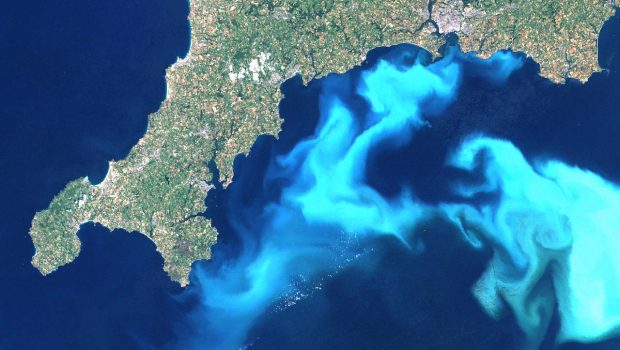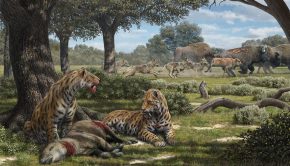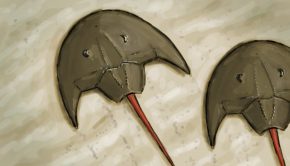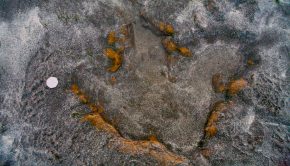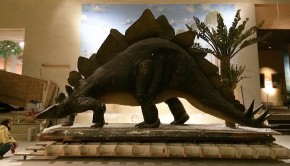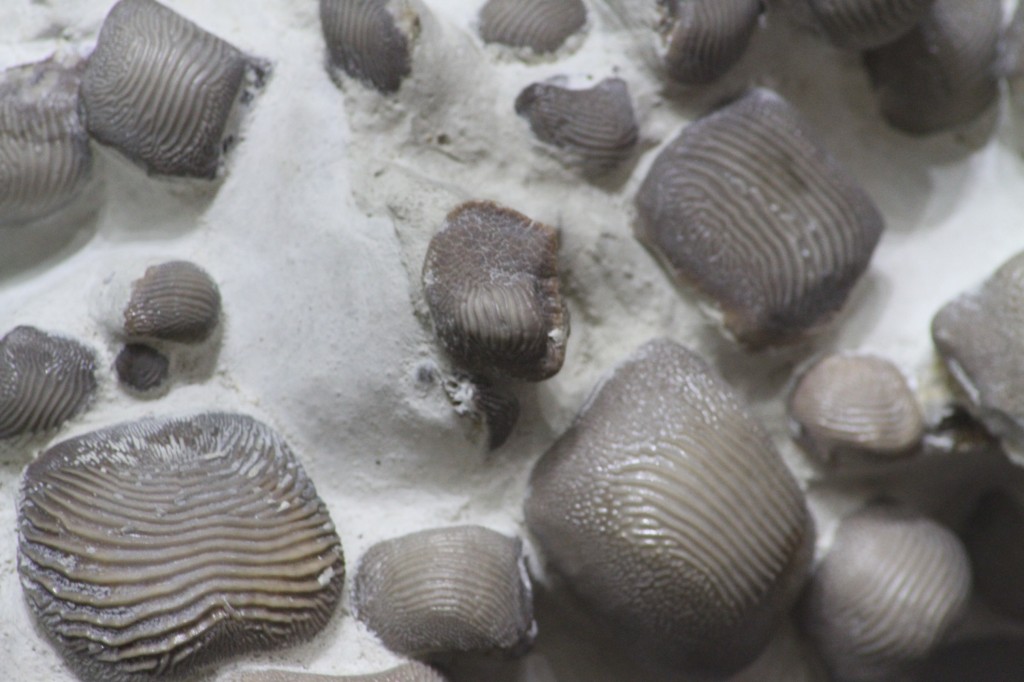Episode 81: Coccolithophores
Coccolithophores are tiny unicellular eukaryotic phytoplankton (algae). Each is covered with even smaller calcium carbonate plates called coccoliths and it is these that are commonly preserved in the fossil record. In fact, coccoliths are so small, and can be so common, that they have been able to be employed in areas other than academia.
Joining us is Dr Liam Gallagher, Director Network Stratigraphic Limited and a nannoplankton specialist. In this episode, he explains what coccolithophores are and we explore some case studies of how their coccoliths are being utilised.
This episode discusses details of recent and high-profile murder case. Whilst focus is placed on the scientific investigation, the latter part of this episode may not be suitable for all audiences.
Podcast: Download (Duration: 49:09 — 68.4MB)
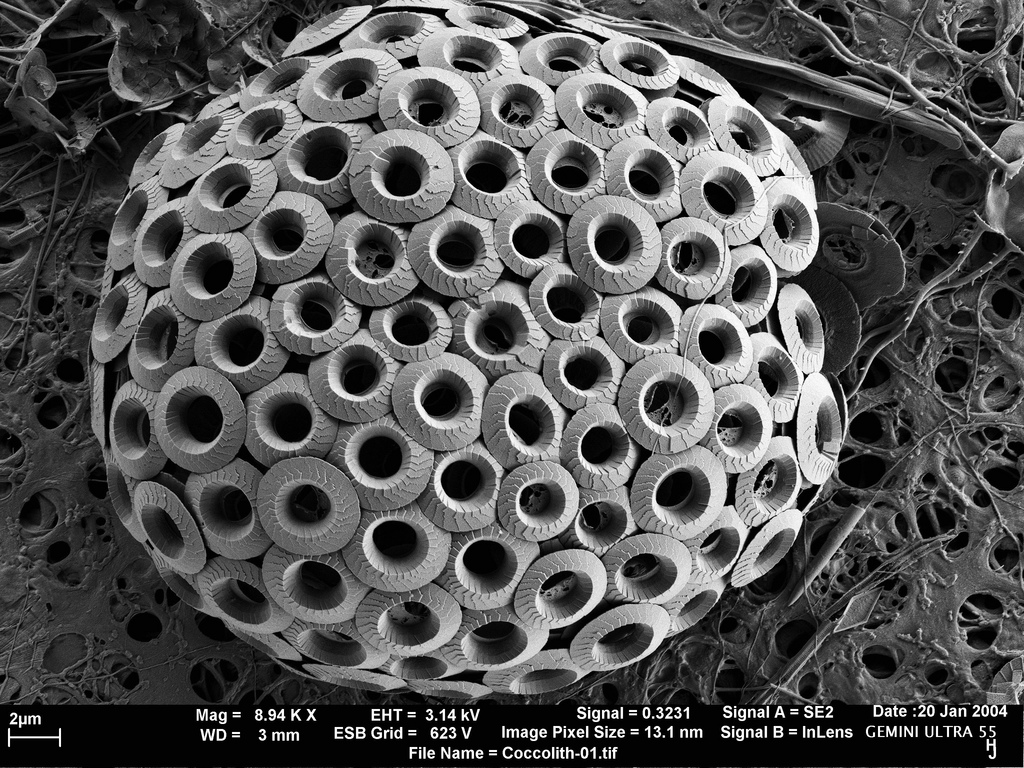
Coccolithophores are single-celled photosynthesetic algae. They are coved by calcium carbonate plates called coccoliths. These have no single clear function, but could work to protect the coccolithophore, assist in photosynthesis or regulate the chemistry within the cell. Image: Umbilicosphaera sibogae by ZEISS Microscopy, CC BY-NC-ND 2.0.
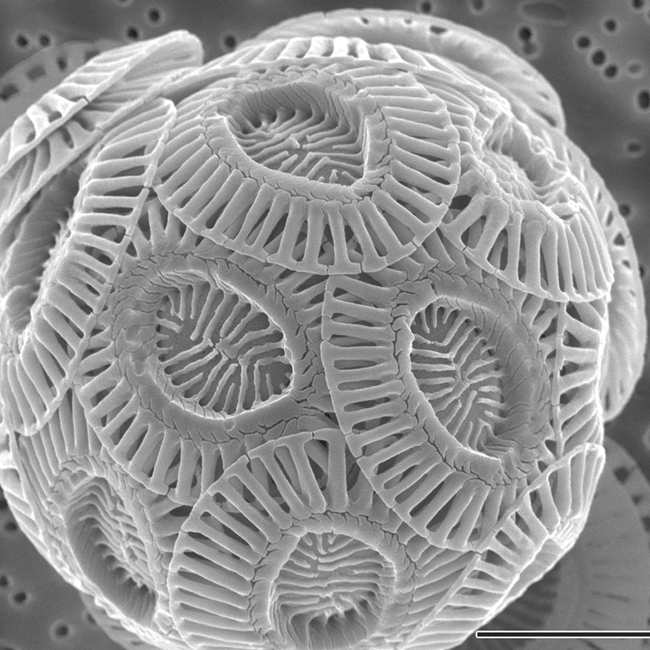
Each coccolithophore species, particularly in the fossil record, is defined by morphology of its coccoliths. They are synthesised within each cell by the process of coccolithogenesis. Some species add coccoliths as they grow, others continually produce and shed them. Image: Emiliania huxleyi by Alison R. Taylor (University of North Carolina Wilmington Microscopy Facility), CC BY 2.5.
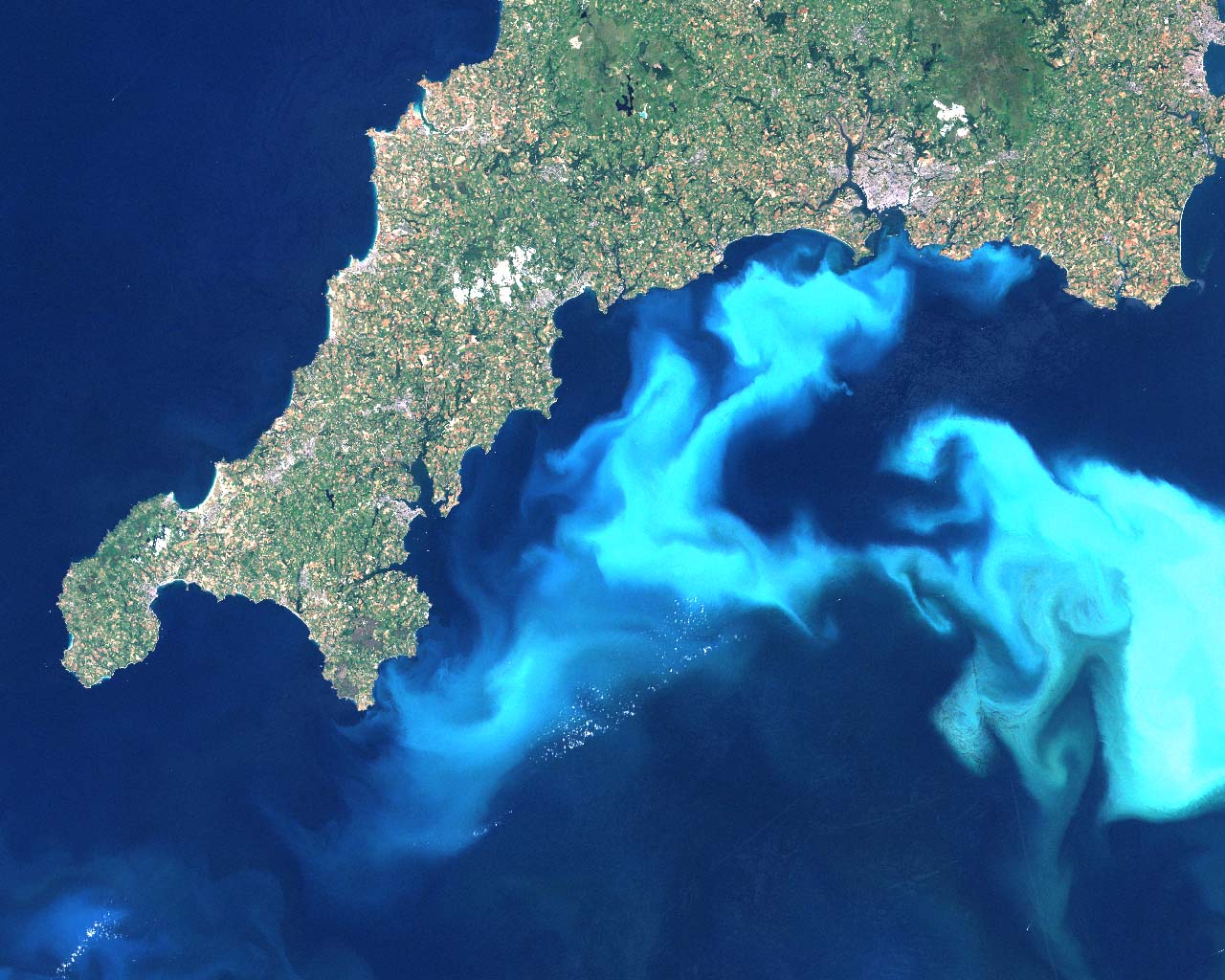
Emiliania huxleyi (pictured above) is the most common coccolithophore. It can occur in such high numbers that coccoliths must rank amongst some of the most abundant organisms on the planet. Blooms of E. huxleyi can even be seen from space, such as this satellite photo of the South West of the UK. Since coccoliths are formed from calcium carbonate, they act as a huge carbon sink in the oceans. In fact, much of the calcareous sediment on the ocean floor is made of coccoliths.
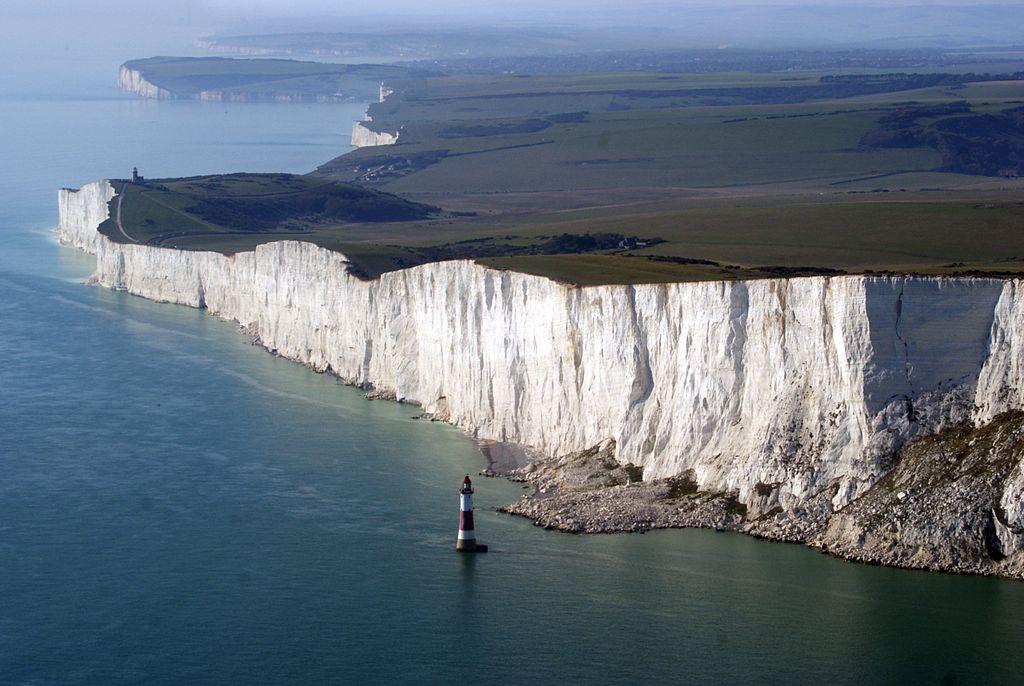
Such coccolith-rich sediment is what forms chalk. The White Cliffs of Dover give an idea of the scale of coccolith deposition. Within chalk, there are literally billions of coccoliths per ever 10g. Throughout geological time the coccoliths we find preserved undergo rapid changes. This, combined with their wide distributions in the oceans, make them perfect biostratigraphic markers. Image: Beachy Head, East Sussex, England, by Ian Stannard, CC BY-SA 2.0.

In the hydrocarbon industry, biostratigraphers are employed to help refine the drilling process. Small fossils, such as coccoliths survived being drilled out of the rock and prompt analysis can provide drilling crews with an accurate age for thier rocks. Biostatigraphy, through correlation with other local wells, can provide oil companies with a fine-resolution series of events that can provide a ‘countdown’ to prognosed geological boundaries and hazards. This actually helps making drilling safer by predicting increases of pressure that may occur when the drill bit enters a new porous lithology. Image: Deepsea Delta oil drilling rig in the North Sea by Erik Christensen, CC BY-SA 3.0.
The following section contains images and details relating to the Soham murder case.

On the 4th August 2002, Holly Wells and Jessica Chapman went missing after leaving a family BBQ to buy sweets. Their disappearance brought huge public interest and was the focus of media attention for many weeks. Image: AP.

The last person to see the girls alive was Ian Huntley, a caretaker at a local school. Huntley assisted in searching for the girls and even gave interviews to news teams about the girls disappearance. Image: AP.
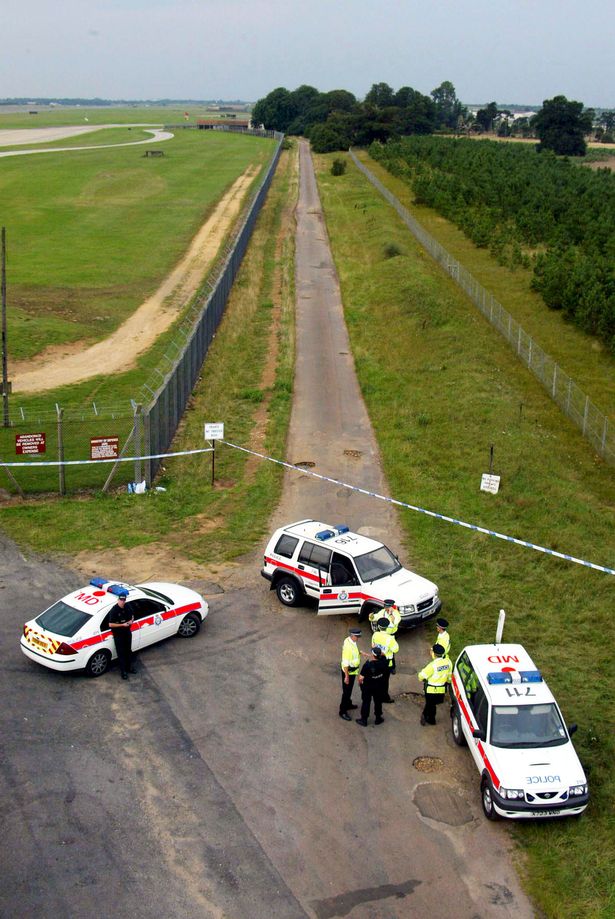
The bodies of the two girls were found on the 17th August 2002, 12 miles from their homes, close to the RAF Lakenheath airbase. Large efforts had gone into hiding the bodies and concealing any forensic evidence. Image: AP.

The focus of the investigation soon turned to Ian Huntley. It became apparent that Huntley had gone to great lengths to clean both his house and his car. Even so, fibres of the girls’ clothing were discovered in the house and whilst the car had been cleaned and the tyres changed, sediments were however found within vehicle. Image: AP.
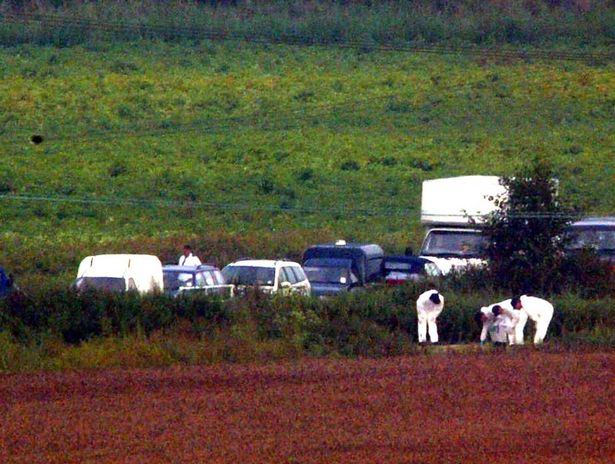
Dr Gallagher’s analysis of these sediments revealed an assemblage of coccoliths that could only have been found close to where the bodies were found. This placed Huntley at the site. The nannofossil evidence was amongst some of the strongest in the case against Huntley. Image: AP.
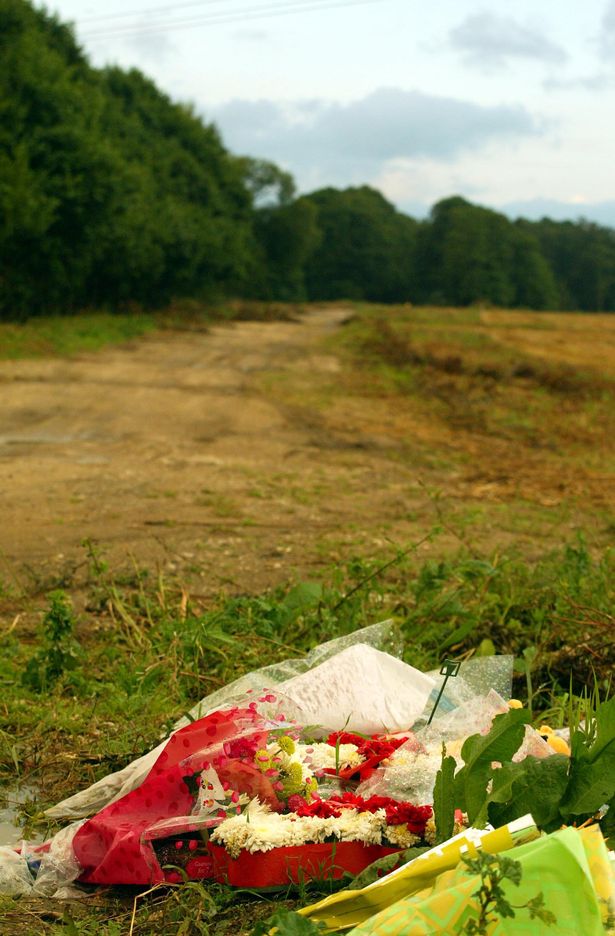
Based on a case of overwhelming direct and circumstantial evidence, on the 17th December 2003, Huntley was convicted of the murders and is serving two life sentences. Image: AP.
Further details of the forensic science behind the conviction can be found here. This report contains graphic details.

